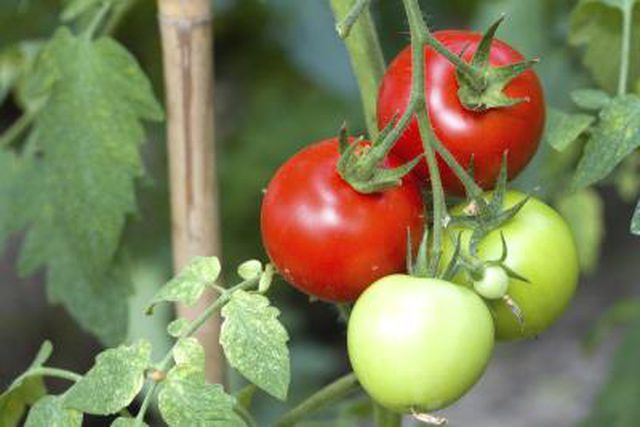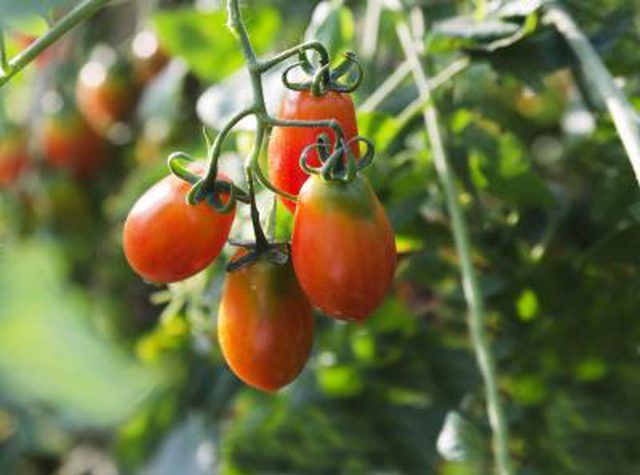Bulbs
Flower Basics
Flower Beds & Specialty Gardens
Flower Garden
Garden Furniture
Garden Gnomes
Garden Seeds
Garden Sheds
Garden Statues
Garden Tools & Supplies
Gardening Basics
Green & Organic
Groundcovers & Vines
Growing Annuals
Growing Basil
Growing Beans
Growing Berries
Growing Blueberries
Growing Cactus
Growing Corn
Growing Cotton
Growing Edibles
Growing Flowers
Growing Garlic
Growing Grapes
Growing Grass
Growing Herbs
Growing Jasmine
Growing Mint
Growing Mushrooms
Orchids
Growing Peanuts
Growing Perennials
Growing Plants
Growing Rosemary
Growing Roses
Growing Strawberries
Growing Sunflowers
Growing Thyme
Growing Tomatoes
Growing Tulips
Growing Vegetables
Herb Basics
Herb Garden
Indoor Growing
Landscaping Basics
Landscaping Patios
Landscaping Plants
Landscaping Shrubs
Landscaping Trees
Landscaping Walks & Pathways
Lawn Basics
Lawn Maintenance
Lawn Mowers
Lawn Ornaments
Lawn Planting
Lawn Tools
Outdoor Growing
Overall Landscape Planning
Pests, Weeds & Problems
Plant Basics
Rock Garden
Rose Garden
Shrubs
Soil
Specialty Gardens
Trees
Vegetable Garden
Yard Maintenance
Why Are My Tomato Plant Leaves Curling?
Why Are My Tomato Plant Leaves Curling?. Tomatoes are popular in the home garden because gardeners find they produce fruit that’s usually fresher and better tasting than what is available in the average grocery store. Nonetheless, tomatoes can develop disease and pest problems that cause leaf curling or wilting, as well as other problems. In...
Tomatoes are popular in the home garden because gardeners find they produce fruit thatís usually fresher and better tasting than what is available in the average grocery store. Nonetheless, tomatoes can develop disease and pest problems that cause leaf curling or wilting, as well as other problems. In many cases, the only treatment is removal of the plantóand prompt attention is necessary to prevent loosing many plants in the garden.

Fungal diseases that live in the soil called fusarium and verticillium are common in many gardens. According to Cornell University, these fungi grow in the stem tissues of tomato plants, revealing themselves by discoloring those stems brown, turning leaves yellow, and causing leaves to shrivel or wilt. Leaf wilt caused by these fungi begins at the bottom of the plant and moves its way upward.
Home gardeners can prevent these fungal diseases by selecting disease-resistant varieties, which should be labeled with the letters "VFN." Planting tomatoes in a different location each year also may help prevent verticillium and fusarium.

Causing tomato leaves to appear crinkled and either lightened or mottled with dark spots, tobacco mosaic virus also may cause fruit that is brown on the inside. Because this disease spreads rapidly via the gardenerís hands, clothes or tools, itís vital to work carefully with tomatoes or other plants suffering from tobacco mosaic virus. Smokers should especially take care to wash their hands before gardening, or they may inadvertently spread the disease to their tomatoes.
To help prevent the tobacco mosaic virus, the University of Minnesota Extension suggests selecting varieties that are resistant to tobacco mosaic virus. Their nursery labels should be marked with the letter "T."

If leaf curl is accompanied by aphidlike pests of yellow, light green or black and white that jump when disturbed, you may have a psyllid infestation. The Colorado State University Extension reports that psyllids suck the sap from tomato plants, reducing production and distorting new plant growth. They also may cause plants to produce small and mealy fruit.

Sometimes called "leaf curl," this condition makes tomato leaves roll upward. They also may become thicker. Leaf roll is caused by times of rainy, cool weather and will not harm the plant or slow down fruit production.

Once plants become infected with fusarium, verticillium or tobacco mosaic virus, there is no treatment. Diseased plants should be placed in plastic bags and thrown in the trash.
If applied early, insecticidal soap may help prevent psyllid infestations. If not, sulfur dust or insecticides containing esfenvalerate or permethrin may be used. However, "this insect is very tough to control with anything," admits the Colorado State University Extension.
No treatment is necessary for leaf roll.
